Christelle Oyiri’s In a Perpetual Remix Where Is My Own Song? at Tate Modern
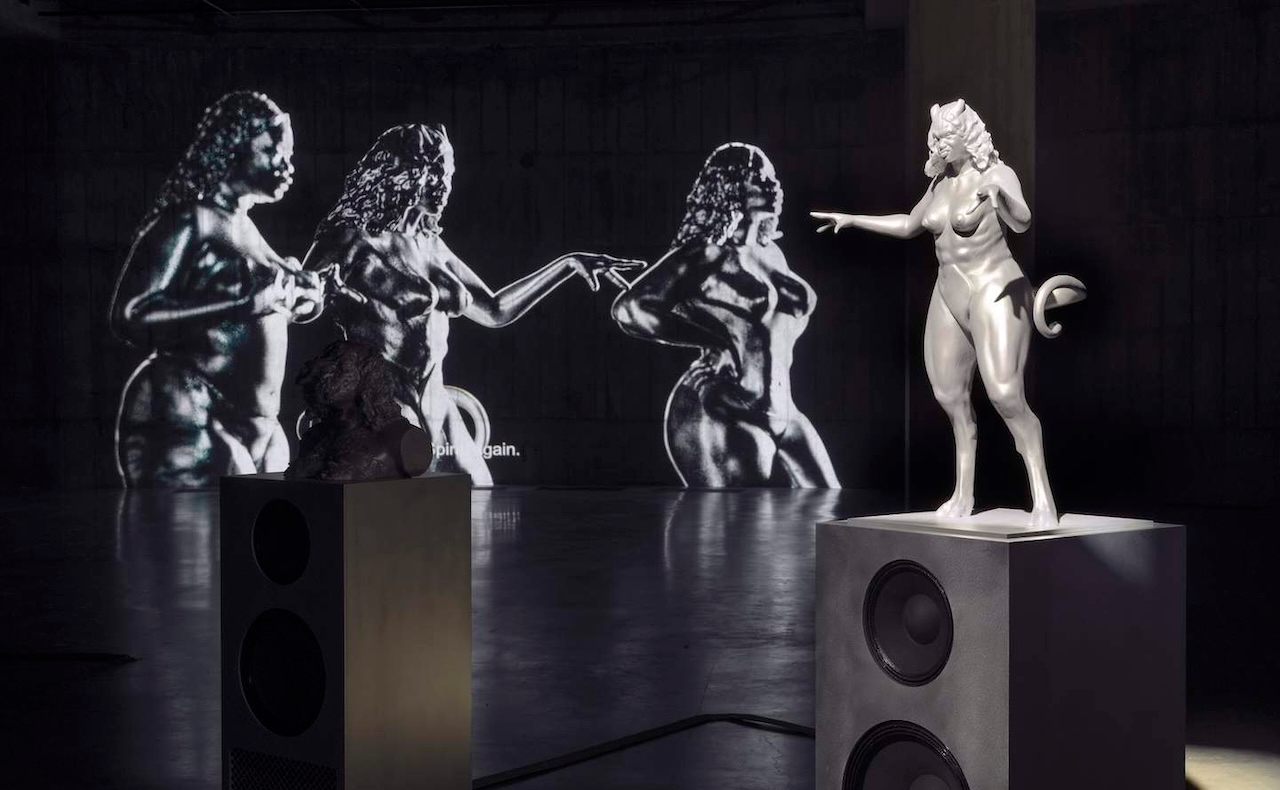
What comes to mind when you think about DJing techniques? Remixing, chopping up, sampling, transforming. In an age where cosmetic surgery is more accessible than ever, the body can now be just as easily mashed up as a dance track. Mortal instruments, used to slice or splice. This is the link Christelle Oyiri explores in her new show at Tate Modern, In Perpetual Remix Where Is Own Song?
The Parisian-born DJ and artist has created a site-specific multimedia installation that examines modern beauty standards in the digital era. Reflecting on shifting body ideals as trends — driven by what she describes as the “democratisation of plastic surgery” — Oyiri calls it an “eternal cycle of damnation and grace”.
In the open concrete space, six bronze sculptures sit atop speakers, which serve as their plinths. Three act as self-portraits of Oyiri, interspersed with works that represent various stages of transformation. The first presents her in a Venus-like pose — naked and clutching her chest — and is fittingly titled Raw. The third, Surgery, shows her as a “BBL baddie”, as she describes it. The final self-portrait, Mutant, depicts Oyiri hybridised with the Pokémon character Mewtwo, a figure widely regarded in online spaces as one of the game’s most powerful. A further comment on optimisation.
The sculptures sit in darkness, visible only under a travelling spotlight. As the beam moves from one piece to the next, a new track plays through the speakers, creating a shifting soundscape. Among them is a Squarepusher track, which Oyiri explained she included as a nod to London. After the spotlight cycles through the sculptures, a projection video begins. From graphic footage of surgery to scenes from strip clubs, Oyiri draws connections across a wide spectrum of themes.
The visual piece opens with a charcuterie-style display of Sarah Baartman, a South African woman from the early 1800s who was exhibited across Europe as a freak show attraction because of her large hips and buttocks. The projection then cuts to images of Victorian bustles — a fashion silhouette many may not realise was inspired by Baartman’s body shape. Oyiri highlights the enduring issue of black features only being celebrated when worn by white bodies, shedding light on one of its earliest examples. Her acute awareness of internet culture, combined with historical insight, makes for a video piece that is both sharply referenced and culturally layered, laced with nods to meme culture throughout.
Another section shows a woman DJing in bed as she bleeds from a fresh Brazilian butt lift. With Kylie Jenner of the Kardashians recently revealing the exact details of her boob job on TikTok, Oyiri’s In Perpetual Remix Where Is Own Song? uses an ironically surgical precision to cut into and examine the current state of the zeitgeist.
Oyiri’s installation marks the first of the new Infinites Commission. As this is the inaugural year, an expert panel has selected an international artist to present a commissioned work in the Tanks — Tate Modern’s space dedicated to contemporary art. Three other artists have received research and development funding: Rashida Bumbray, Jean Katambayi Mukendi and Xenobia Bailey.
Sara Belkadi
Photo: Joe Humphrys © Tate
Christelle Oyiri’s In a Perpetual Remix Where Is My Own Song? is at from 17th June until 25th August 2025. For further information or to book visit the exhibition’s website here.

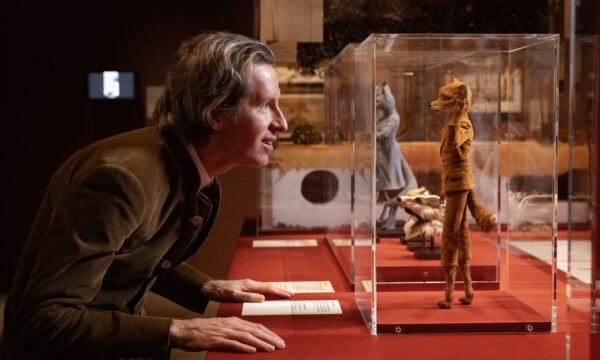
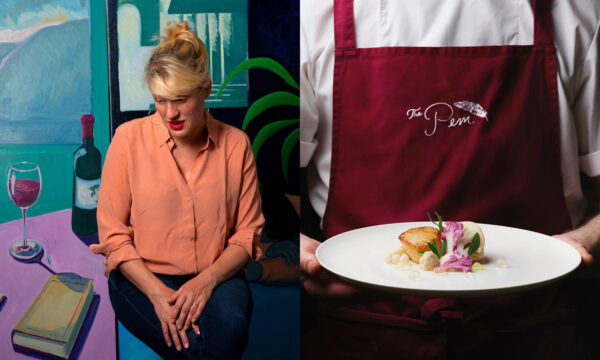
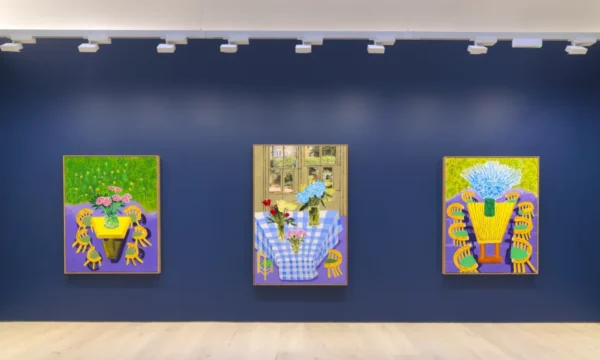

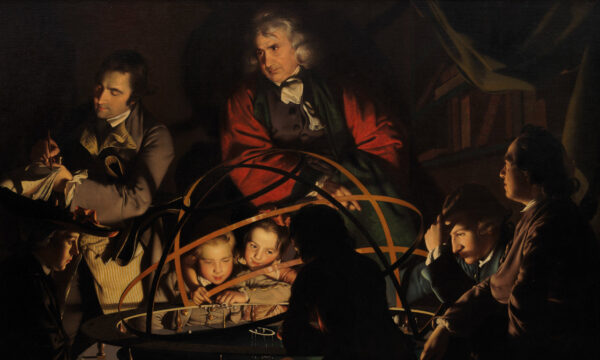
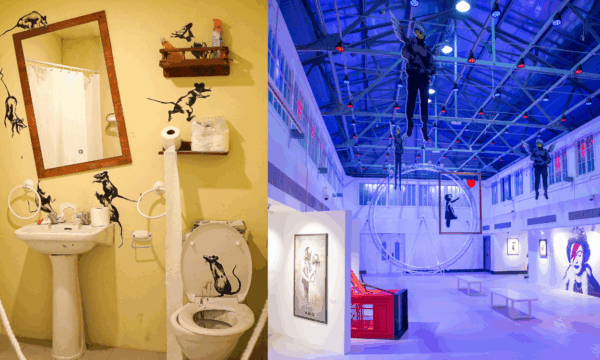
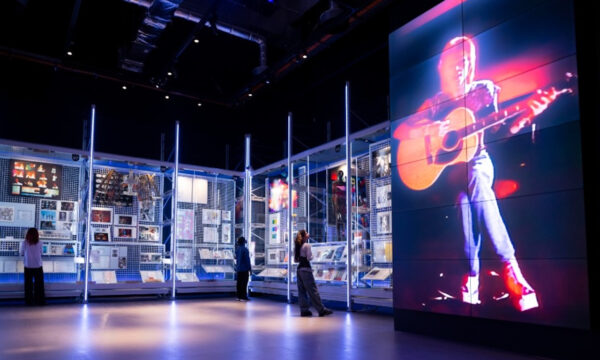
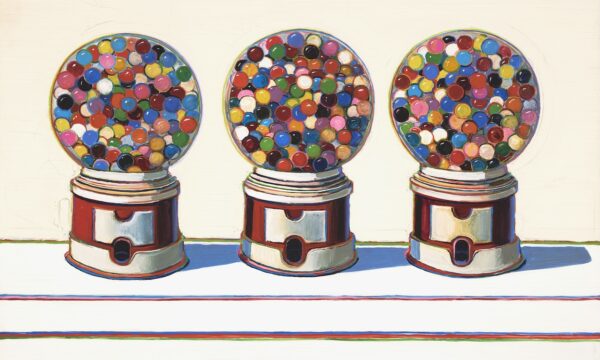
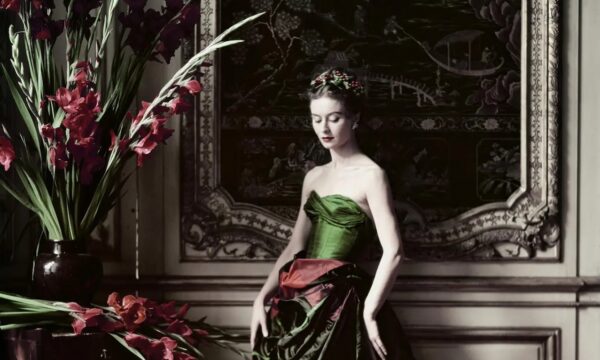















Facebook
Twitter
Instagram
YouTube
RSS